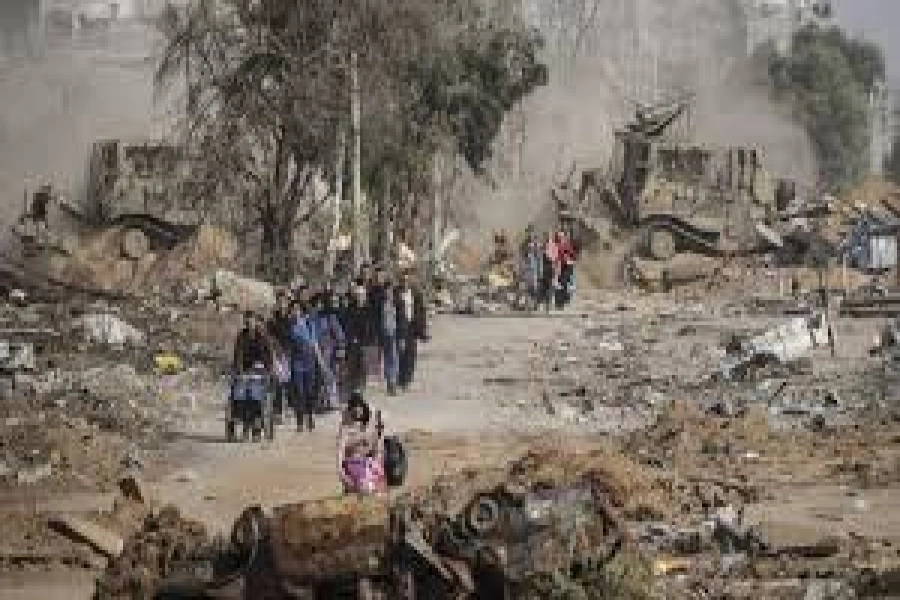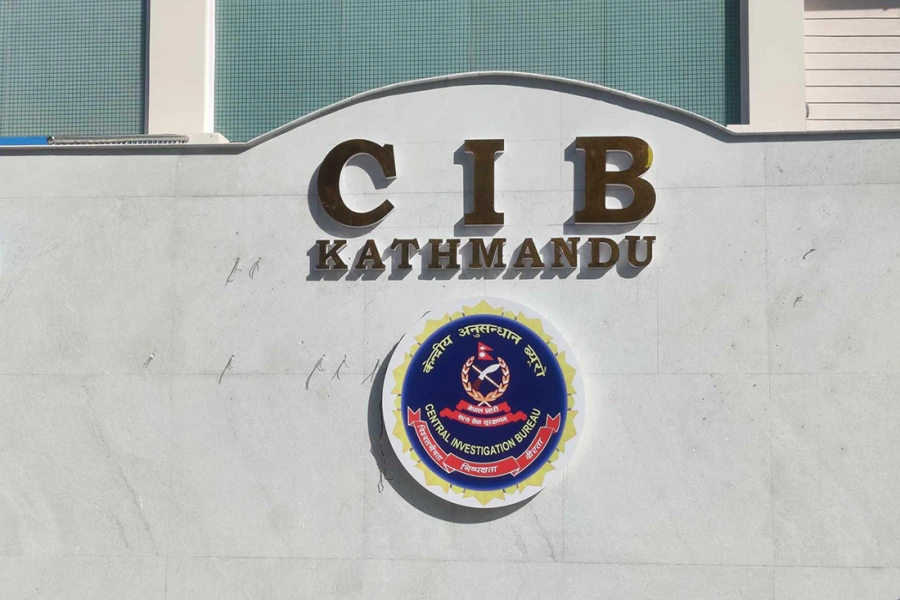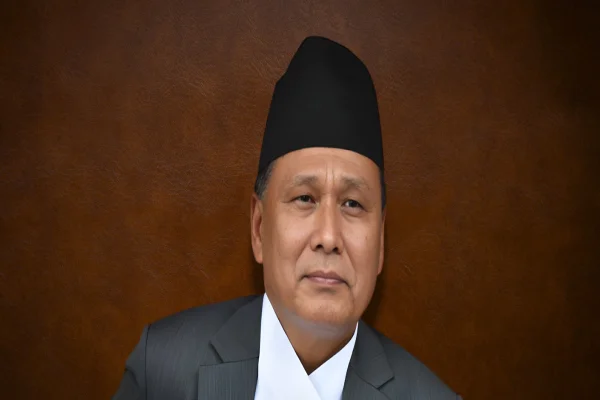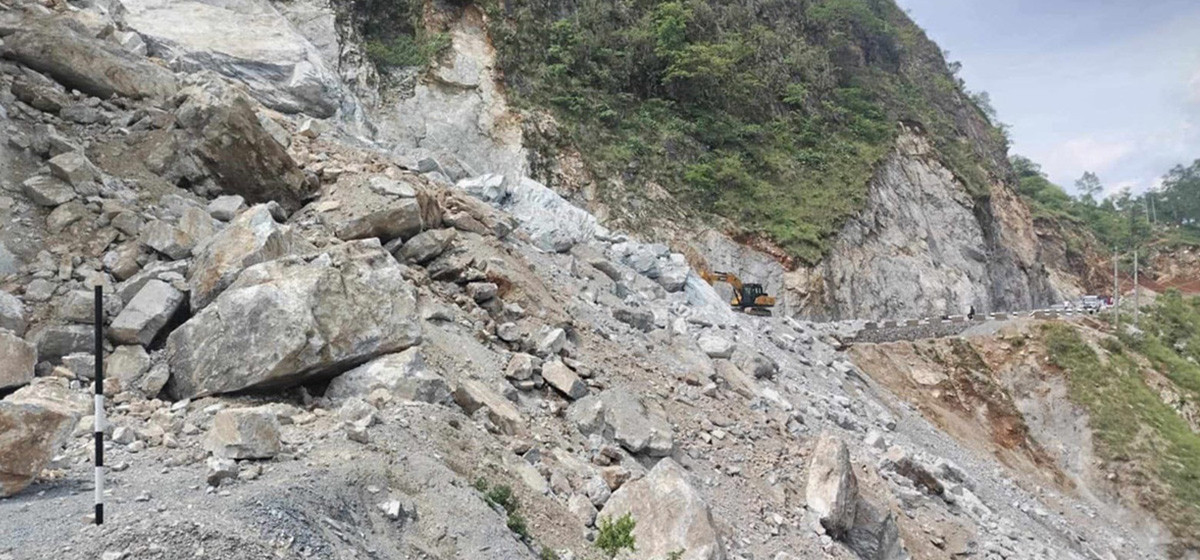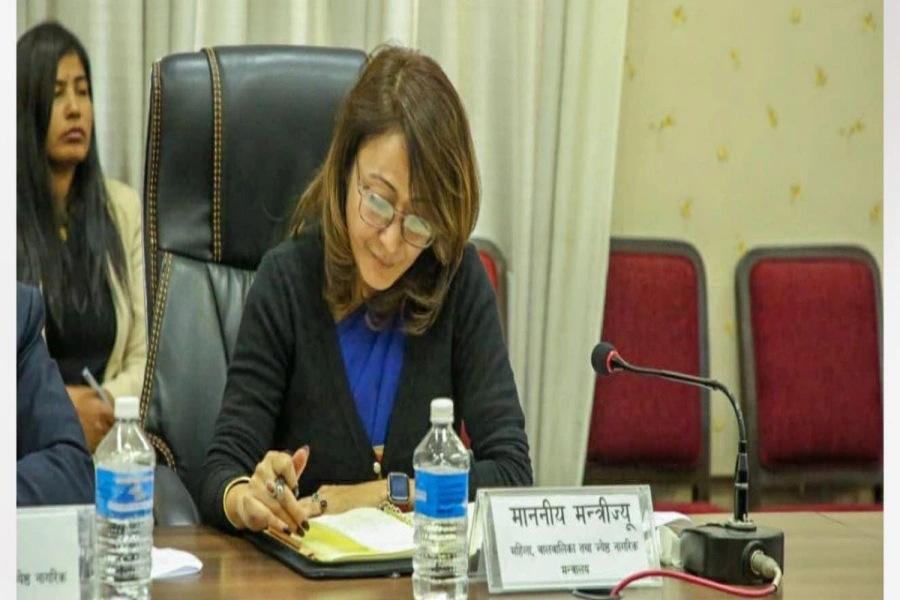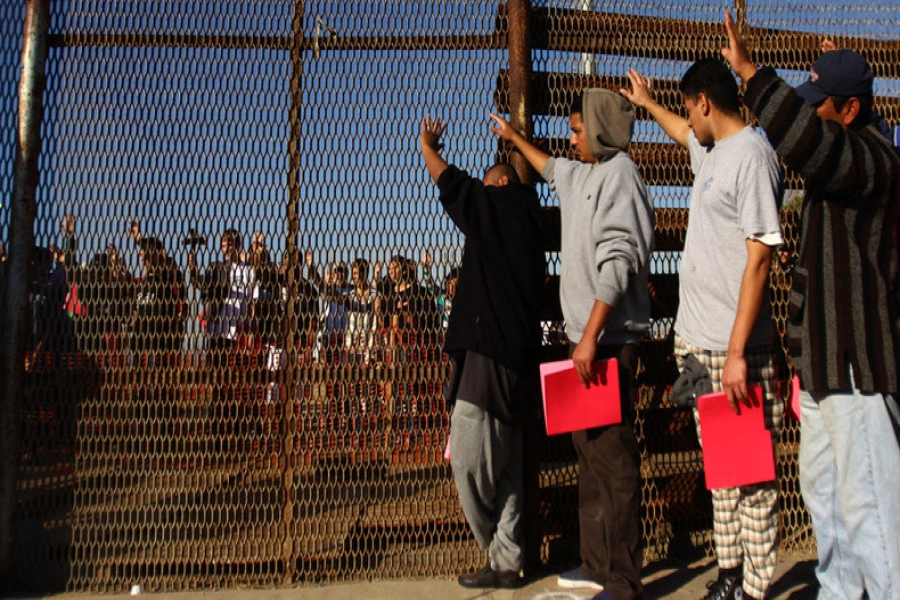From my latest rendezvous with academicians in higher education institutions in different parts of the country, I have been happy to learn about their tremendous enthusiasm to establish and/or transfer their institutions into universities, which I deeply appreciate as I believe it would help decentralize higher education and make it more accessible.
But the fact that none of our present universities has any ‘real’ mechanism to monitor and evaluate the teaching/learning/research practices in affiliated institutions makes me baffled. Will the institutions of higher education, just by converting them into universities, ensure quality? I doubt.
It is not easy to define quality, but if we go with a layperson’s understanding of the term, it deals with strictly maintaining basic norms and standards. Recent times have seen an alarming concern on the quality of higher education, not only within the intellectual community but also among people at large. A plethora of issues, for instance, unemployment of graduates, the traditional teaching method—with its emphasis on learning divorced from research—and the issue of recognition and credibility of institutions, have rightly been raised.
Ensuring quality education and establishing a viable system of accreditation has long been the concern of Nepal’s education establishment. In this regard, the University Grants Commission (UGC) has undertaken an institutional assessment and accreditation program, the first of its kind in the country, which is currently being carried out under the World Bank-supported Second Higher Education Project (2007–2013).
This piece does not attempt to explore the nuts and bolts of the Quality Assurance and Accreditation (QAA) system in Nepal, but just to give a glimpse of it, and in turn raise the quality concern among relevant stakeholders.
As QAA is a voluntary process in Nepal, in that the higher education institutions (HEI) have to apply at UGC for starting the QAA Cycle. So far, some 35 HEIs are already in the process, which are at different stages—most at Self Assessment (by the institution itself) stage, some at Field Visit (by the Peer Review Team) Stage, a few at Decision making (by the UGC Board) Stage, with only two at Post Accreditation Stage.
Agreed, 35 is not an encouraging number, but keeping in mind the political/administrative/managerial complexities that HEIs in existence have to deal with, their new-found seriousness in quality education it should be taken as a good start. Moreover, undergoing the Cycle is not a piece of cake.
The institution has to strictly adhere to eight benchmarks and 120 indicators of assessment developed by the UGC. This calls for dedicated institutions to adopt good governance measures; significantly, the completion of the Cycle depends entirely upon the concerned institution.
Not that UGC has nominal role in carrying out the Cycle. Rather, UGC plays a paramount role as it applies formative approach in the QAA process, in that, UGC not only guides/orients but also technically supports the institutions in all phases of the Cycle, as and when necessary. On top of that, unlike accrediting agencies in other countries, UGC Nepal charges a nominal fee of Rs 2,000 to applicants despite the average cost of undertaking the Cycle being in lakhs.
But the question is: Despite UGC’s huge investments will the HEIs be interested in quality auditing, when they are doing just fine without any assessment and accreditation? Now, this does not mean that such assessment should always be given for free; ideally, it should be charged and for that it is necessary to make the whole QAA process ´demand driven´ meaning that HEI should themselves demand for such assessments.
The need of hour is to hit home the importance, need and scope of QAA among the institutions. And the challenge before the UGC is to make itself more efficient, credible and recognized in national and international higher education QAA arena, and like I said, eventually make the whole QAA system ´demand driven.´
Indeed, the concern for quality among Nepali HEIs is pretty low. The challenge is to instill a culture of imparting standard education among the HEIs. Unless that message filters through, quality in higher education in Nepal will remain questionable.
The writer is Program Officer, Quality Assurance and Accreditation Division, University Grants Commission
New standards for cement, AAC blocks



